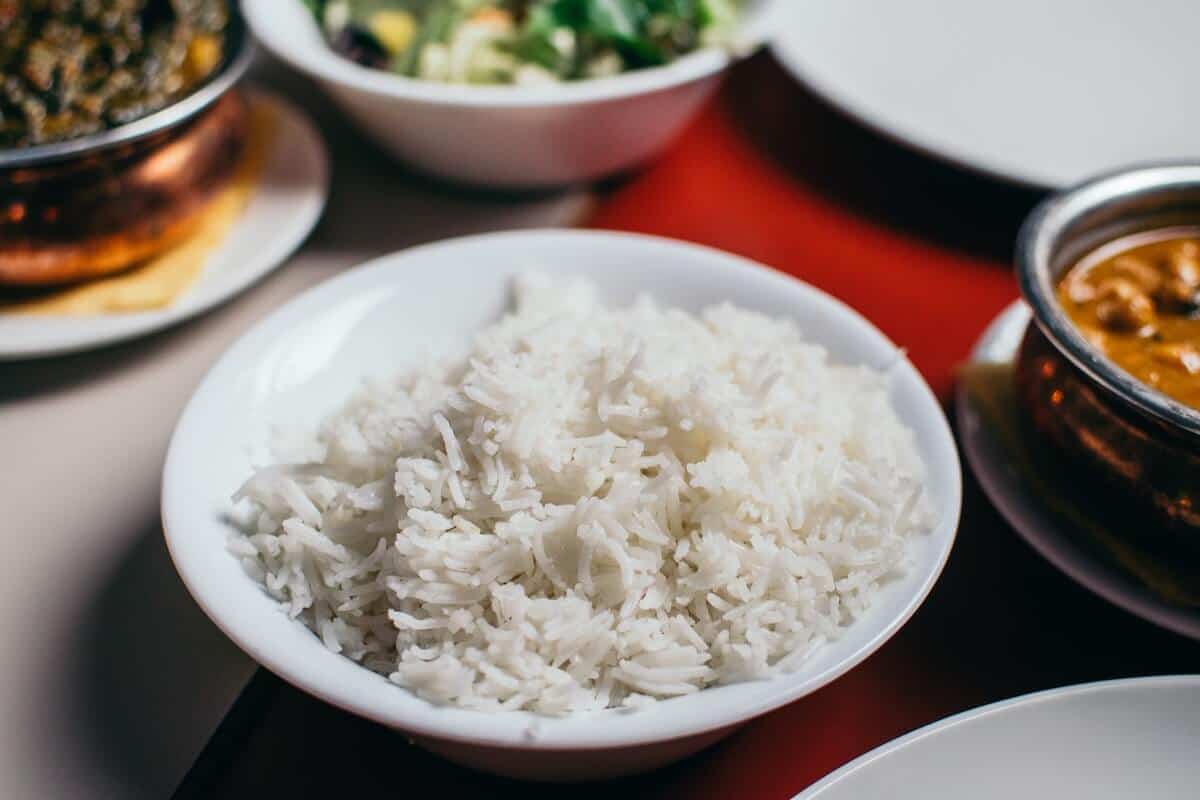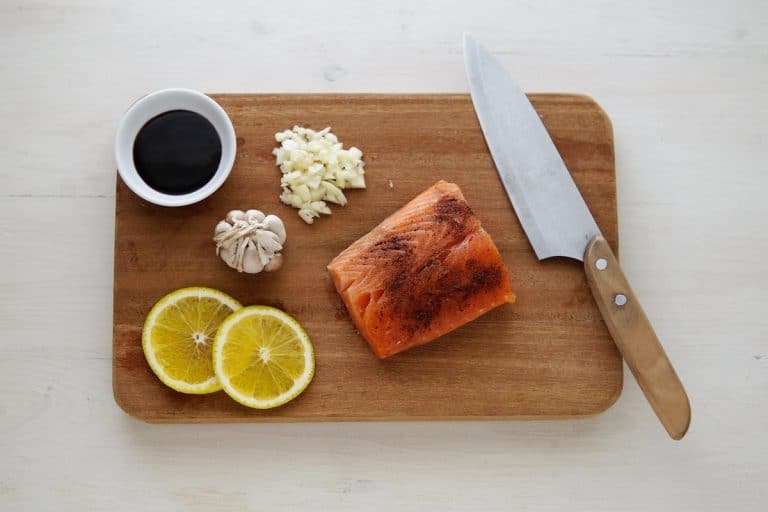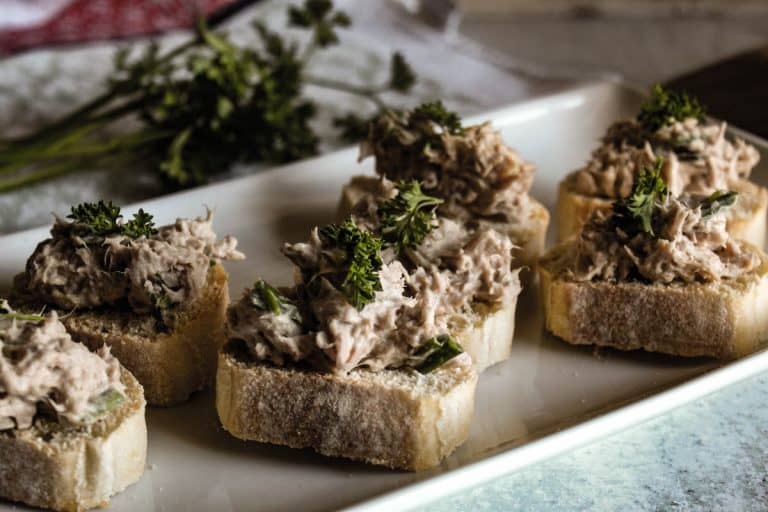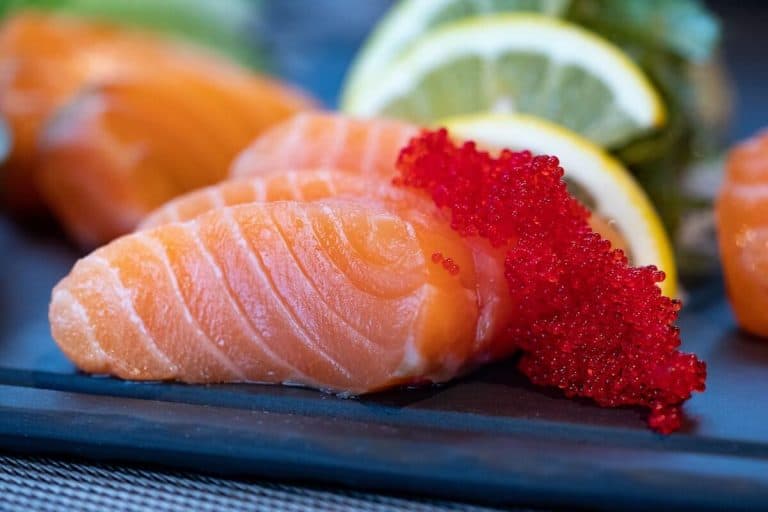If you eat a lot of rice, or on a typical gluten free diet, you may want to switch up the types of grain you eat. That’s because there is likely arsenic in rice and that should concern everyone who care about their health.
Analytical chemist Brian Jackson says there needs to be more federal regulation when it comes to arsenic in food. According to Jackson, brown rice tends to have more arsenic than white rice.
However, he cautioned that arsenic levels differ greatly. For example, it can depend on where and when rice is grown. Right now, there’s no global standard or measure of what types of rice are more likely to have low levels of arsenic.
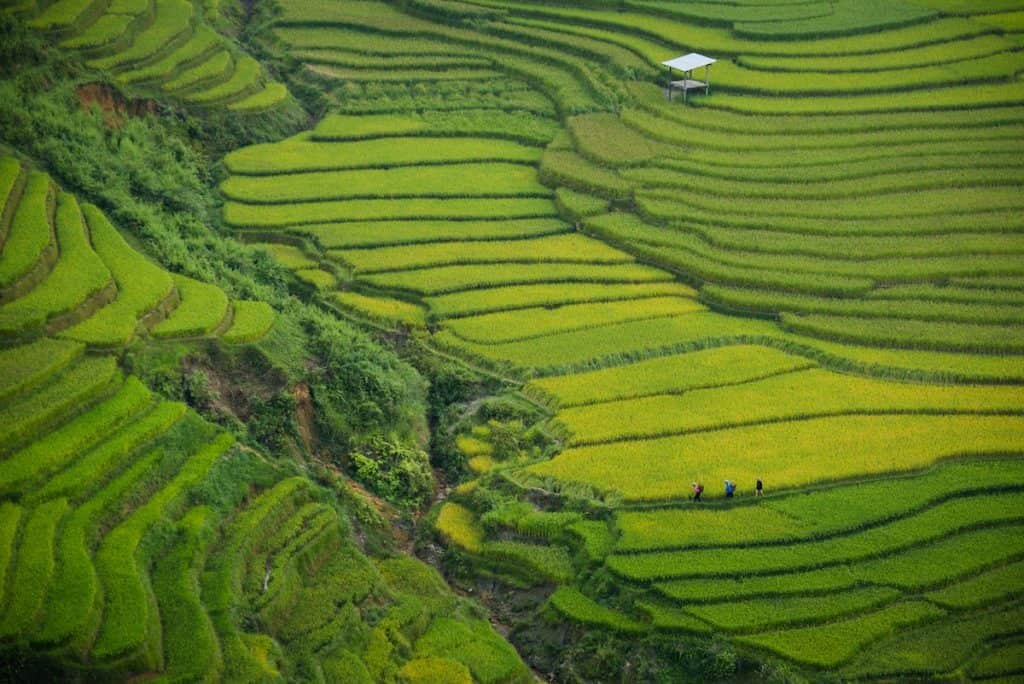
So why is arsenic in rice?
The rice plant apparently has an affinity for arsenic, a toxic element that occurs naturally in soil and groundwater. The plant needs silica, but arsenic is very similar to silica, so it takes up more than normal.
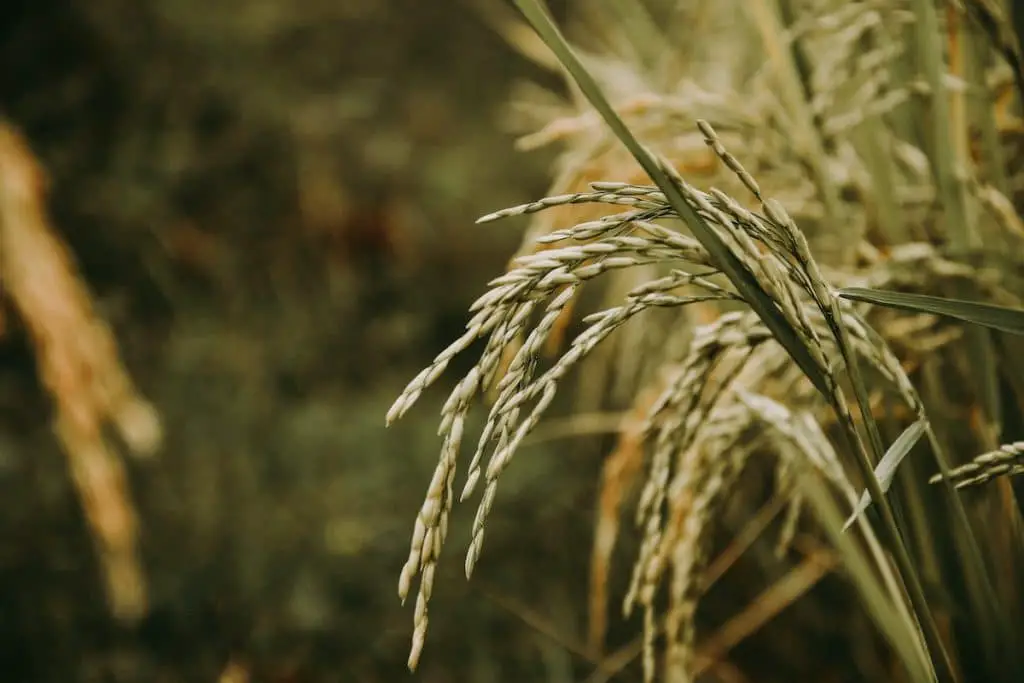
According to the FDA, “many authorities single out rice as a special problem because of its propensity to harbor arsenic.”
Although all plants have the ability to absorb some arsenic. However, rice, due to its properties and growing conditions, can accumulate more than 10 times the arsenic than other grain crops (Sohn 2014). Thus, you’ll find arsenic in rice due to this simple fact.
According to a 2004 study, Arsenic in rice – Understanding a New Disaster for South-East Asia, arsenic was attracted to the iron on the surfaces of the rice roots:
A study by Yongguan Zhu and co-workers has added greatly to our understanding of arsenic dynamics in the rhizosphere of paddy rice. Their finding that arsenic is sequestered in iron plaque on root surfaces in plants […] offers a hope for breeding rice for the new arsenic disaster in South-East Asia – the contamination of paddy soils with arsenic.
Andrew A. Meharg
School of Biological Sciences, University of Aberdeen
In Bangladesh the problem was widespread when it was uncovered in the early 2000s. The sinking of tubewells into Holocene aquifers (formed over the past 10,000 years) in South East Asia to provide disease-free drinking water to some of the most densely populated areas of the globe, such as the Bengal and Red River delta, has resulted in the worst chemical disaster in human history.
Aquifers that provide drinking water to tens of millions of people are arsenic contaminated, resulting in widespread arsenic-related disease. But tubewells are not just used for drinking water; they are also widely used for rice cultivation, particularly during the dry season. This has led to an arsenic build-up in paddy soil, and has resulted in a ten-fold elevation in arsenic levels in rice grain.
For those interested in more information on the study, here is the report:
Remember, There Are Other Sources of Arsenic
Rice isn’t the only type of food that can be flagged for high levels of arsenic. Other foods that may have high arsenic levels include:
- seafood (i.e. fish, shellfish, shrimp)
- contaminated water
- rice products, (i.e. rice milks, rice cereals, rice syrups)
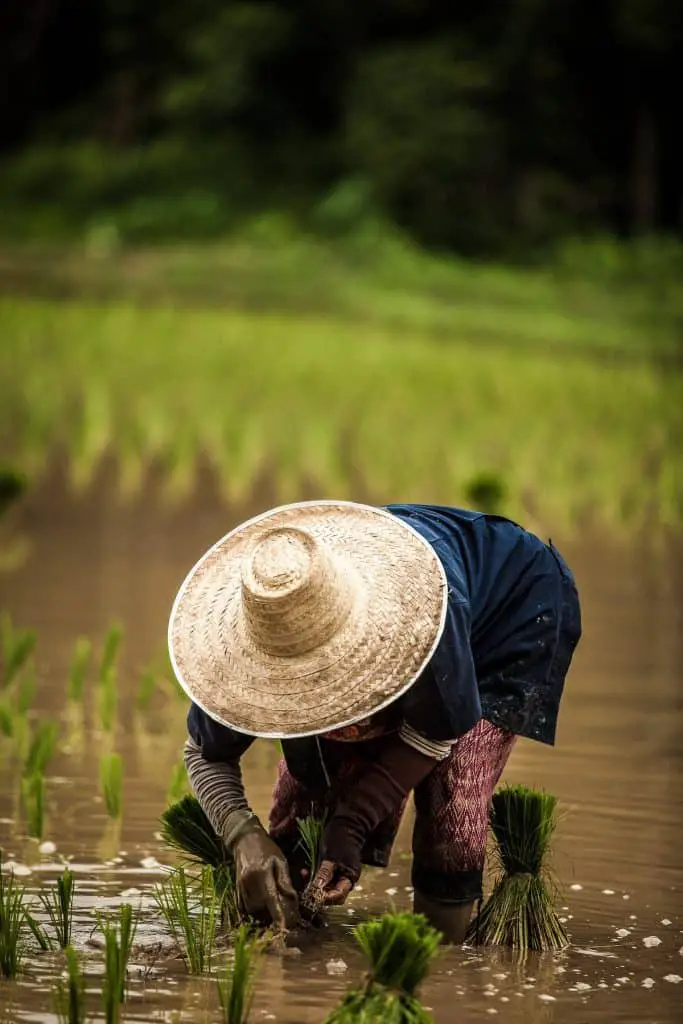
Rice is a specifically risky crop and, according to EDW, “eating less rice and foods with rice-based ingredients will decrease the amount of arsenic in your body.” Other heavy metals, like lead and cadmium, have risks that are distributed more broadly across the food supply. Rice has an acute affinity for arsenic — and that’s not good for rice and sushi lovers.
The rice with the lowest arsenic levels
When considering which types of rice to buy, you must weigh its propensity to draw in arsenic. So which type of rice is the safest?
Out of the most popular types of rice, basmati rice has proven to have the lowest levels of arsenic. Although most health conscious people shoot for brown rice rice, however that has the highest levels of arsenic.
Regardless of which rice grain you opt for, make sure to wash your rice before cooking it. This is the number one way to decrease or remove arsenic in rice. Just put the rice in a strainer and run cool water over it before boiling separately.
Andre Alexander
Andre tried sushi when he was 12 and was hooked. He studied Japanese in high school and was good enough to earn a free trip to Japan… unsurprisingly, he remembers none of it decades later! As a diving enthusiast, he has a deep appreciation for marine life and sustainability efforts.

